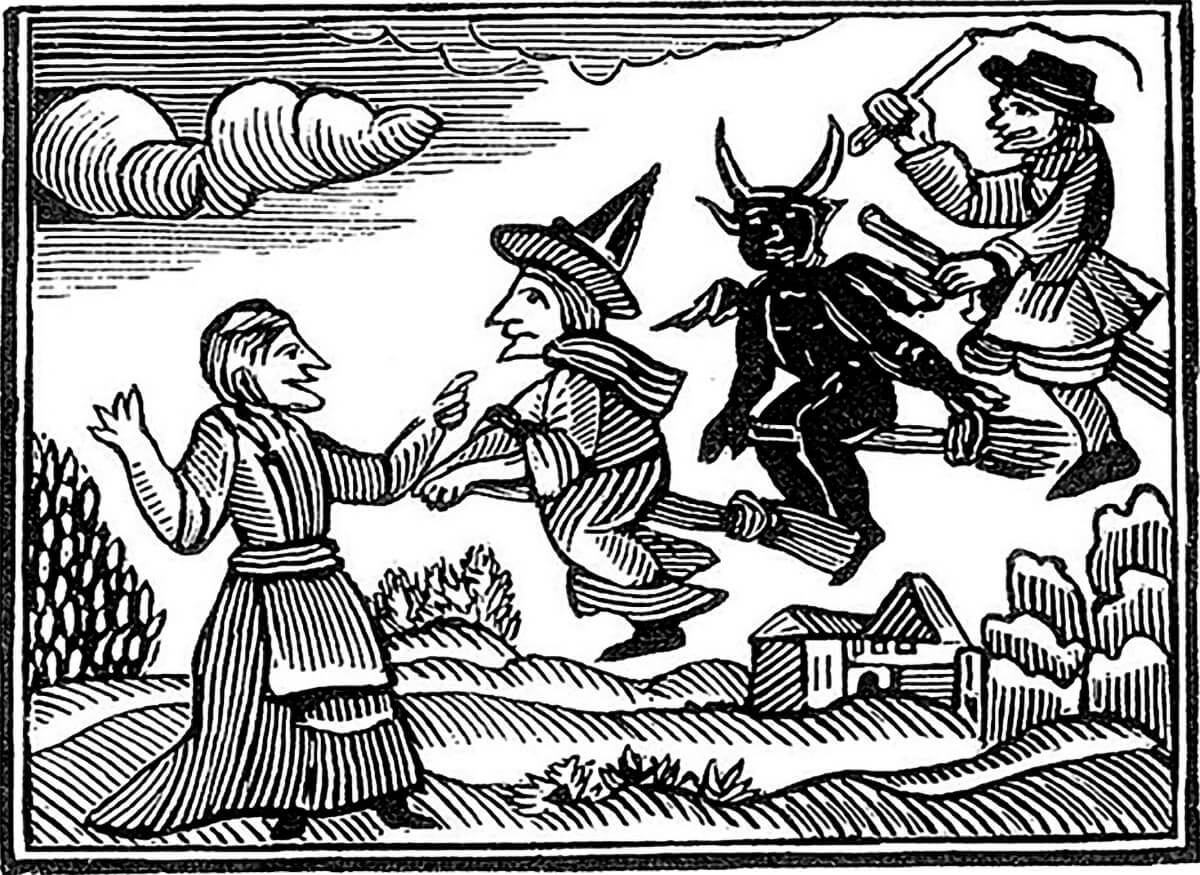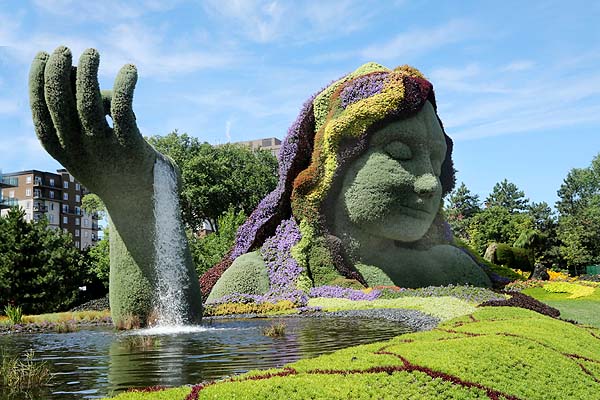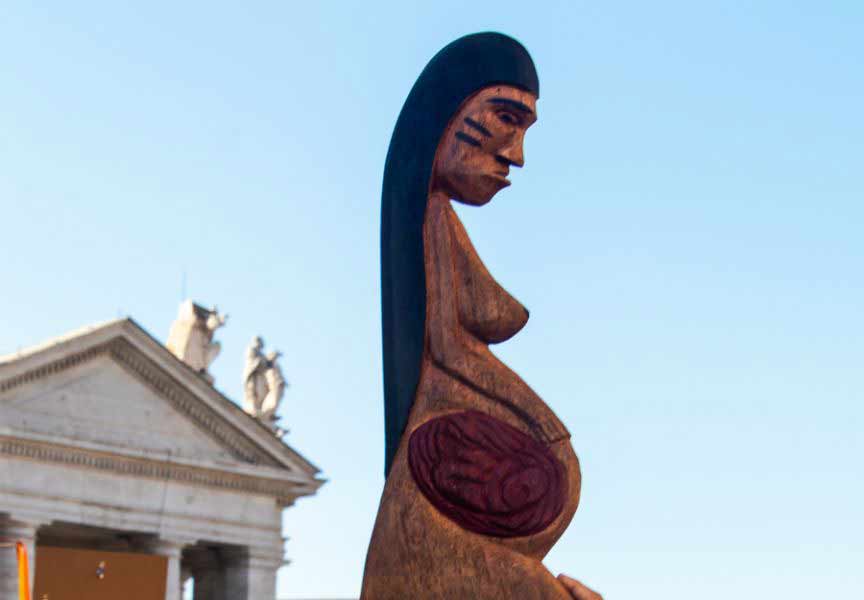 |
| Jesus exorcises the Gerasene/Gadarene demoniac |
The latest column by my left-wing friend Xerxes was unremarkable. But I found some of the reader comments on a previous column most interesting, and concerning. They illustrate the current prejudice against ethical monotheism.
“It's easier to hate a monolithic category of people (‘Christians’) than to admit that many people in the category actually believe in much of the same liberties and freedoms these anti-religious folk do.”
That is an attempt to play nice with Christianity, but it is pretty off base. Our concepts of human rights and personal freedoms come from Christianity. Christians necessarily believe in them more than non-Christians. John Locke based his philosophy of human rights on the Bible and the story of creation in Genesis; the Declaration of Independence argues that our rights come from God. Human rights and human dignity are based on the concept of free will as the divine spark in mankind.
The decay in belief in Christianity is the great threat to our liberties.
Note how well human rights were observed in Stalinist Russia, Maoist China, Khmer Rouge Cambodia, or Nazi Germany; all anti-Christian regimes.
On paganism—condemning missionary activity in the Americas as cultural imperialism:
“All the people whom they encountered, who had a different belief system, were deemed to be pagan. The word pagan is a word that is used to demean, belittle, and negate the value of the other. By labelling these people as ‘pagan’ it enabled the colonizers to abuse, enslave, and slaughter these newly encountered humans. By calling them pagan it took away their humanity.”
To which Xerxes responds: “I apologize. ‘Pagan’ was a shorthand way of saying ‘other,’ and I should have been more careful.”
“Pagan” is a critically meaningful term. Christians do not refer to Muslims or Jews as pagans; nor do Muslims refedr to Christians or Jews as kaffirs, the equivalent Arabic term. “Pagan” refers to the older, more primitive shamanic practices which have been supplanted by the great universalist religions.
And polytheism/shamanism is as unlike religious faith as darkness is to light, magic is to science, or madness is to sanity. Asians, still familiar with both, will immediately insist that shamanism is not a religion; Buddhism or Christianity are.
Paganism not only allows, but endorses and requires, such practices as human sacrifice, infanticide, self-mutilation, and slavery. The pagan gods are not morally good; they are at best indifferent to mankind, and usually hostile. Recall the myth of Prometheus, the concept of hubris, and the many rapes of Zeus.
In India, where there is residual paganism (although devotional Vaishnavism is now dominant, and an ethical monotheism) the British had to suppress human sacrifice by sects like the Thuggi, suttee (the immolation of widows), and the caste system. These are things that would be unthinkable under ethical monotheism; but considered a necessary religious observance by pagans.
This is why the ancient Hebrews felt they needed to exterminate the Canaanites, and forbid even dining with them. This is why the Quran says you are supposed to kill a kaffir on sight. Paganism is fundamentally immoral.
And this is why paganism quickly evaporates wherever one of the ethical monotheisms makes contact. The pagan gods are demons; monotheisms exorcise them. So people flock quickly to the new faith; it is their refuge from demons. This is why Christianity, under active repression, spread rapidly to take over the Roman Empire, and then Europe beyond. It was their reputation for successful exorcisms. This is clearly documented in the ancient manuscripts; and in the New Testament. The order of exorcists was larger in the early church than the priesthood. This was indeed Jesus’s commission to the apostles: to go about casting out demons. Which were common, clearly, in the largely pagan society of ancient Palestine. Especially in non-Jewish areas, such as among the Gerasenes.
For the same reason, Christianity spread rapidly in the Americas, with little opposition, once it arrived. It protected against the demons of the night. In South India, Saint Francis Xavier was able to personally baptize 50,000 people in ten years, despite the requirement to first be properly catechized. Today across Africa, exorcisms are common, and Christianity is sweeping the continent.
Unfortunately, with the waning of Christian commitments in North America and Europe, the demons are returning. So we are seeing a rising tide of mental illness, addictions, infanticide, child mutilation, self-mutilation, pedophilia, and suicides.
And what rough beast, its hour come round at last….

























